Louisville, KY
River Mile: 608
Population: 782,969
U.S. Census Profile
The Falls of the Ohio had for thousands of years been an important crossing for abundant wildlife, which attracted a long succession of Native American peoples to settle and trade in the area. The Falls also was the only significant barrier to navigation between Pittsburgh and New Orleans, making it a natural settling point for Europeans spreading to the West. Louisville was first settled by Europeans led by Col. George Rogers Clark in 1778, on the now-vanished Corn Island. The city was named in honor of French King Louis XVI, who bankrolled and militarily supported the Americans in their fight against the British. Louisville prospered as practically every vessel making its way west had to unload and move its goods around the Falls, generating wealth in carting, warehousing, boatbuilding and numerous associated industries.
It also was a major shipping port and market for enslaved people, while also serving as a launching point for people escaping bondage on the Underground Railroad. The city continued to grow and prosper as a port and industrial center even after a canal around the Falls was completed in the 1830s. Louisville was a major staging area for Union forces, though city government was dominated by former Confederates after the Civil War ended. The first Kentucky Derby was held in 1875 by a grandnephew of George Rogers Clark, as was won by Aristides. Large numbers of Black people moved to or through Louisville on the way to northern industrial cities during the Great Migration in the early 20th century. Like many towns and cities along the Ohio River, Louisville was devastated by the great flood of 1937, when 60% of the city was inundated. This flood, and another bad one in 1945, prompted the construction of a ring of floodwalls. After serving as an important manufacturing hub during WWII, many Louisvillians joined peers in other cities by spreading out into fast-growing suburbs. The construction of I-64, I-65 and other roadways cut the city off from the riverfront, which deteriorated into an industrial and dumping site, and exacerbated racial and economic divides. In 1974, a major tornado outbreak destroyed hundreds of homes. In the later years of the 20th century and into the 21st, some neighborhoods have enjoyed revitalization as young professionals return and spruce up old homes and buildings, and attractions including sports venues, a large convention center and distilleries draw large numbers of visitors to the hometown of Muhammad Ali, Hunter S. Thompson, Jennifer Lawrence and numerous other stars of sports, entertainment and business.

